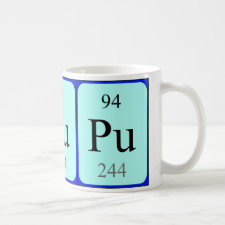
Authors: Lin Y, Tang SQ, Mao X, Bao L
Article Title: Protein recognition via molecularly imprinted agarose gel membrane.
Publication date: 2008
Journal: Journal of Biomedical Materials Research Part A
Volume: 85A
Issue: (3)
Page numbers: 573-581.
DOI: 10.1002/jbm.a.31361
Abstract: Agarose gel membranes (AGMs), which could selectively recognize bovine serum albumin (BSA) and bovine hemoglobin (Hb), were prepared by molecular imprinting technique under moderate preparation conditions. Four imprinting processes, including gelation without any treatment, second gel-melting, and two glutaraldehyde crosslinking processes of fumigation or direct addition of the crosslinking agent, were developed to investigate the protein-recognition behavior of the AGMs. Results showed that the preparation processes affected the adsorption capacity and selectivity of the imprinted AGMs. Both BSA- and Hb-imprinted AGMs exhibited higher adsorption abilities for the targeted proteins (3.77-5.72 times for BSA, 1.31-2.18 times for Hb) than the nonimprinted ones. And the selectivity of BSA-imprinted AGMs for BSA molecules (the selective factor K = 3.29-4.90) was higher than that of Hb-imprinted AGMs for Hb (K = 0.32-1.17). The optimal adsorption capacity of BSA- and Hb-imprinted AGMs was 25.90 and 117.45 mg/g, respectively, when the membrane was crosslinked by glutaraldehyde with a fumigation process; the optimal selectivity of BSA- and Hb-imprinted AGMs was 4.91 when the membrane was prepared by second gel-melting process, and 0.76 when the membrane was prepared without any treatment. These findings demonstrate that the molecularly imprinted AGMs are hopeful to be used in specific protein analysis. © 2007 Wiley Periodicals, Inc. J Biomed Mater Res, 2008
Author keywords: molecular imprinting, agarose, gel membrane, protein recognition, Bovine serum albumin



Join the Society for Molecular Imprinting

New items RSS feed
Sign-up for e-mail updates:
Choose between receiving an occasional newsletter or more frequent e-mail alerts.
Click here to go to the sign-up page.
Is your name elemental or peptidic? Enter your name and find out by clicking either of the buttons below!
Other products you may like:
 MIPdatabase
MIPdatabase









